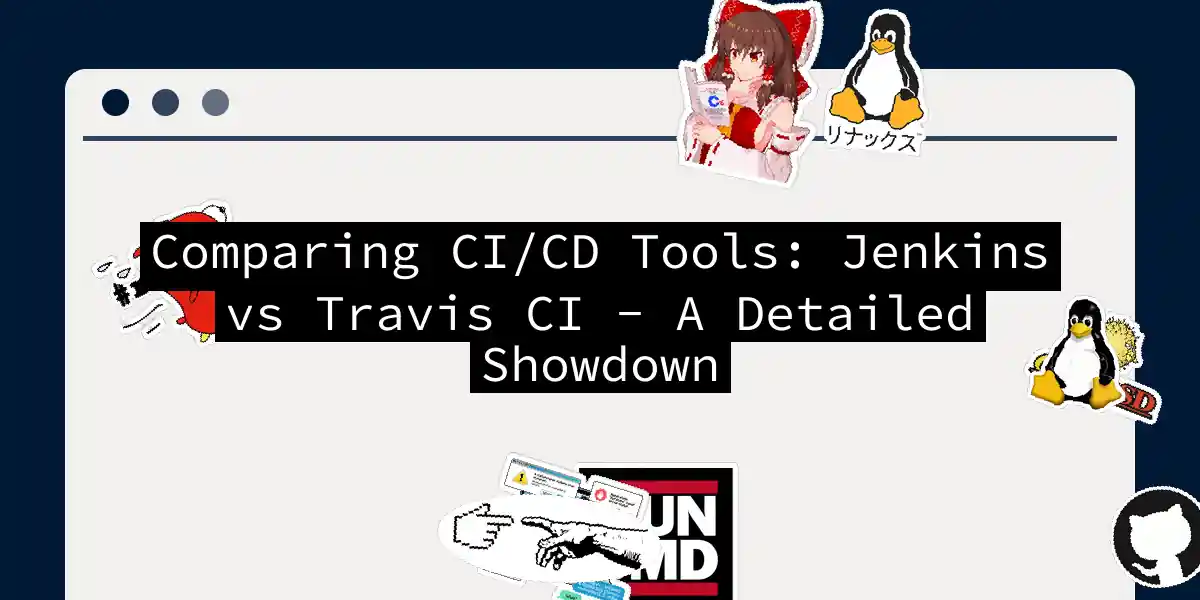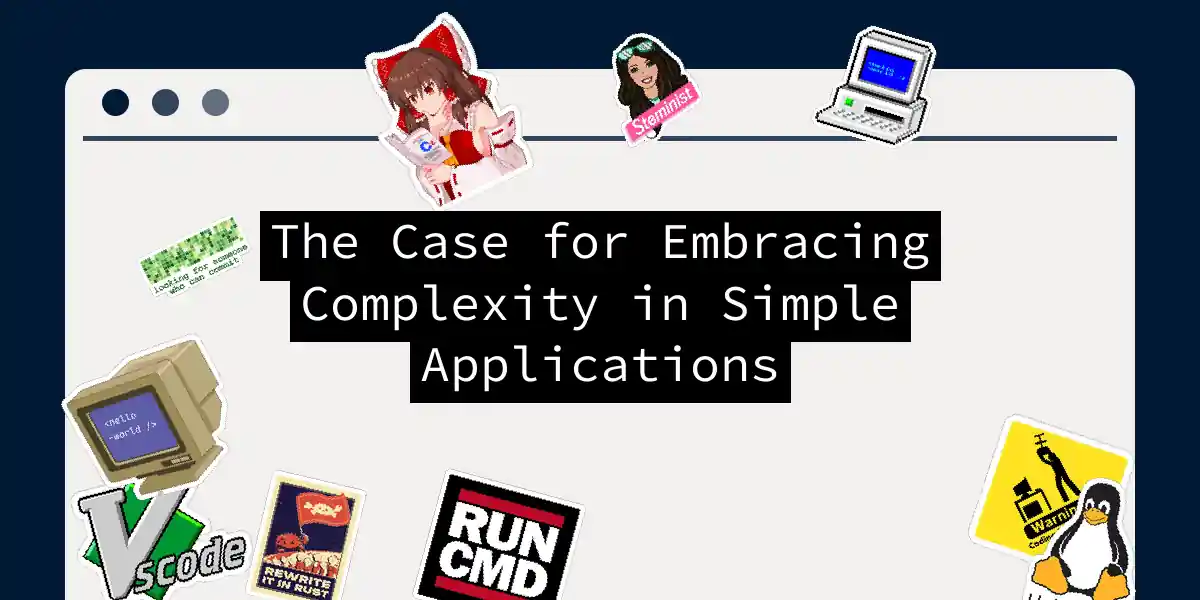
Шеф-повар против марионетки: Окончательное противостояние в управлении конфигурацией
Когда речь заходит об управлении сложной сетью вашей ИТ-инфраструктуры, на ум часто приходят два названия: Chef и Puppet. Эти инструменты управления конфигурациями стали невоспетыми героями мира DevOps, помогая командам автоматизировать и поддерживать свои системы с высокой точностью. Но какой из них выбрать? Давайте углубимся в детали, и, может быть, мы обнаружим секретный ингредиент, который сделает один из этих инструментов идеальным решением для ваших инфраструктурных потребностей. Что такое Chef и Puppet? Прежде чем мы перейдём к деталям, давайте разберёмся, что это за инструменты....



